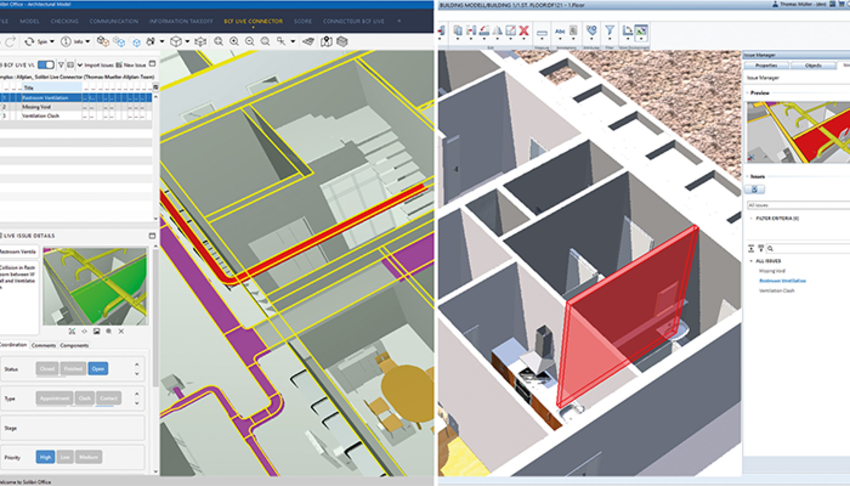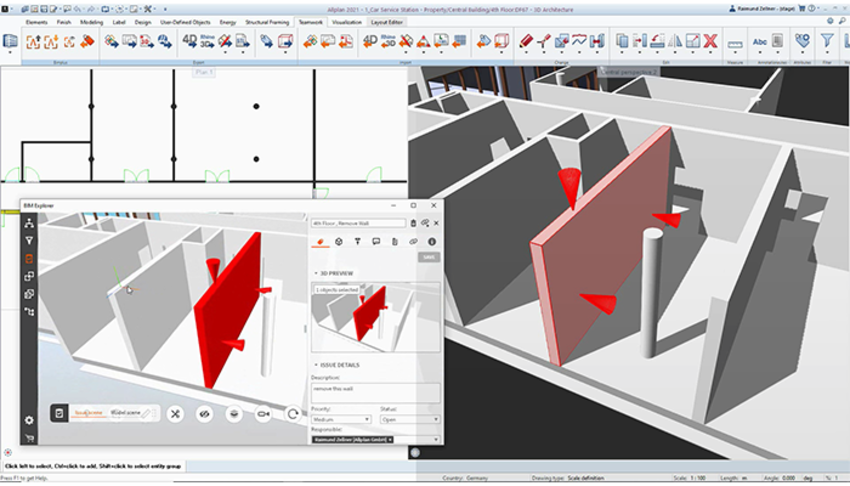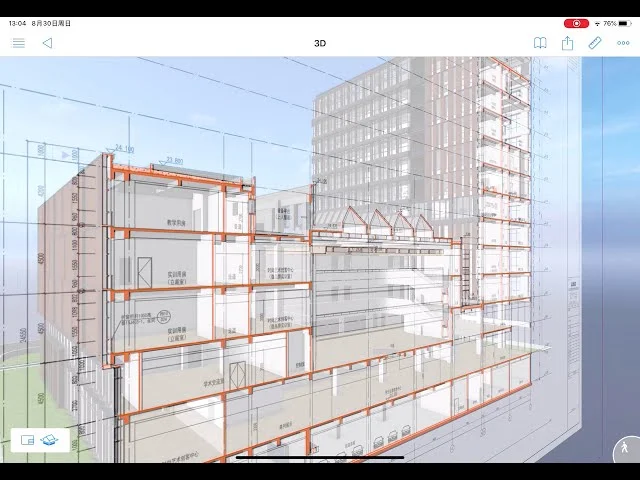In today’s dynamic construction industry, effective collaboration and streamlined information management are essential for project success. With the increasing complexity of construction projects and the involvement of multiple stakeholders, the need for a centralized platform to manage digital information has become paramount. This is where Common Data Environments (CDEs) play a crucial role.
Understanding Common Data Environments
A Common Data Environment (CDE) is a centralized digital platform that facilitates the collaborative creation, management, and sharing of project information throughout the entire lifecycle of a construction project. It serves as a single source of truth, ensuring that all project stakeholders have access to the most up-to-date and accurate information.

Key Features and Benefits
One of the primary features of a CDE is its ability to centralize all project-related data, including drawings, models, documents, schedules, and communications. This consolidation of information streamlines communication and collaboration among project teams, reducing the risk of errors and conflicts.
CDEs also offer version control and access management functionalities, ensuring that stakeholders only have access to the information relevant to their role in the project. This helps maintain data integrity and security while promoting transparency and accountability.
Another significant benefit of CDEs is their support for standardized processes and workflows. By establishing predefined templates and workflows within the CDE, project teams can adhere to industry standards and best practices, enhancing efficiency and consistency across projects.

Enhancing Collaboration and Coordination
Collaboration lies at the heart of successful construction projects, and CDEs play a pivotal role in facilitating effective collaboration among project stakeholders. With real-time access to project information and communication tools, teams can collaborate more efficiently, regardless of their location or time zone.
CDEs also improve coordination among different disciplines and project phases. By providing a centralized platform for sharing and reviewing design models, drawings, and documents, CDEs help identify and resolve clashes and discrepancies early in the project lifecycle, minimizing rework and delays.
.

Ensuring Compliance and Risk Management
In today’s regulatory environment, compliance with industry standards and regulations is non-negotiable. CDEs help ensure compliance by providing robust audit trails and documentation management capabilities. This allows project teams to demonstrate regulatory compliance and address any audit requirements efficiently.
Moreover, CDEs support risk management by providing visibility into project performance and progress. By tracking key metrics and KPIs within the CDE, project teams can identify potential risks and proactively mitigate them before they escalate, safeguarding project success.

Looking Ahead: Future Trends and Innovations
As technology continues to evolve, so too will the capabilities of Common Data Environments. Future trends in CDEs may include the integration of artificial intelligence (AI) and machine learning algorithms to automate repetitive tasks, enhance data analysis, and provide predictive insights into project performance.
Additionally, the adoption of cloud-based CDE solutions is expected to rise, enabling seamless collaboration and access to project information from any device, anywhere. Mobile applications and augmented reality (AR) technologies may also play a more significant role in extending the reach and functionality of CDEs on construction sites.
Conclusion
In an era defined by digital transformation and innovation, Common Data Environments have emerged as indispensable tools for modern construction projects. By centralizing project information, facilitating collaboration, ensuring compliance, and mitigating risks, CDEs empower project teams to deliver projects more efficiently, sustainably, and successfully.
As the construction industry continues to evolve, embracing and leveraging Common Data Environments will be key to staying competitive and achieving excellence in project delivery.


